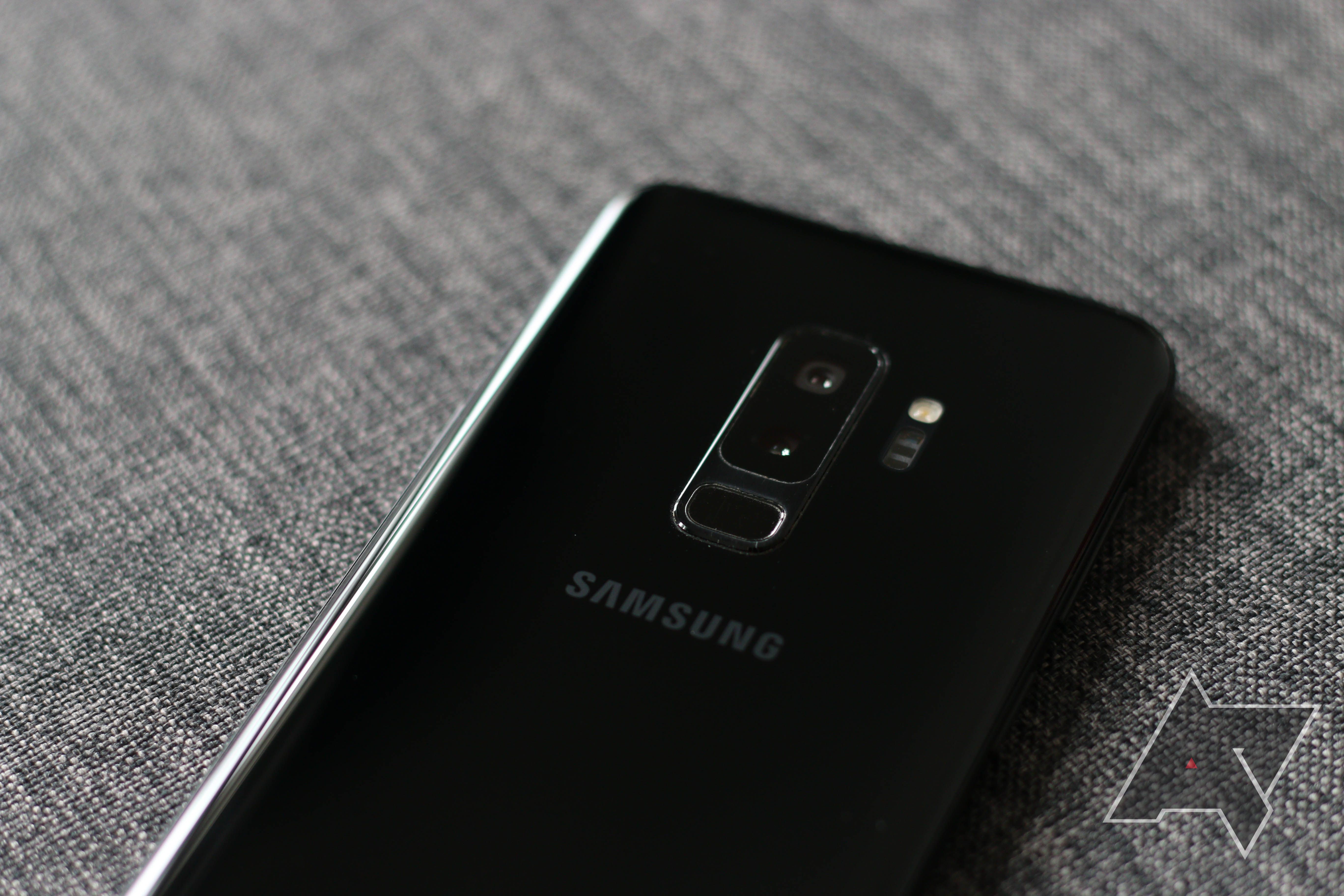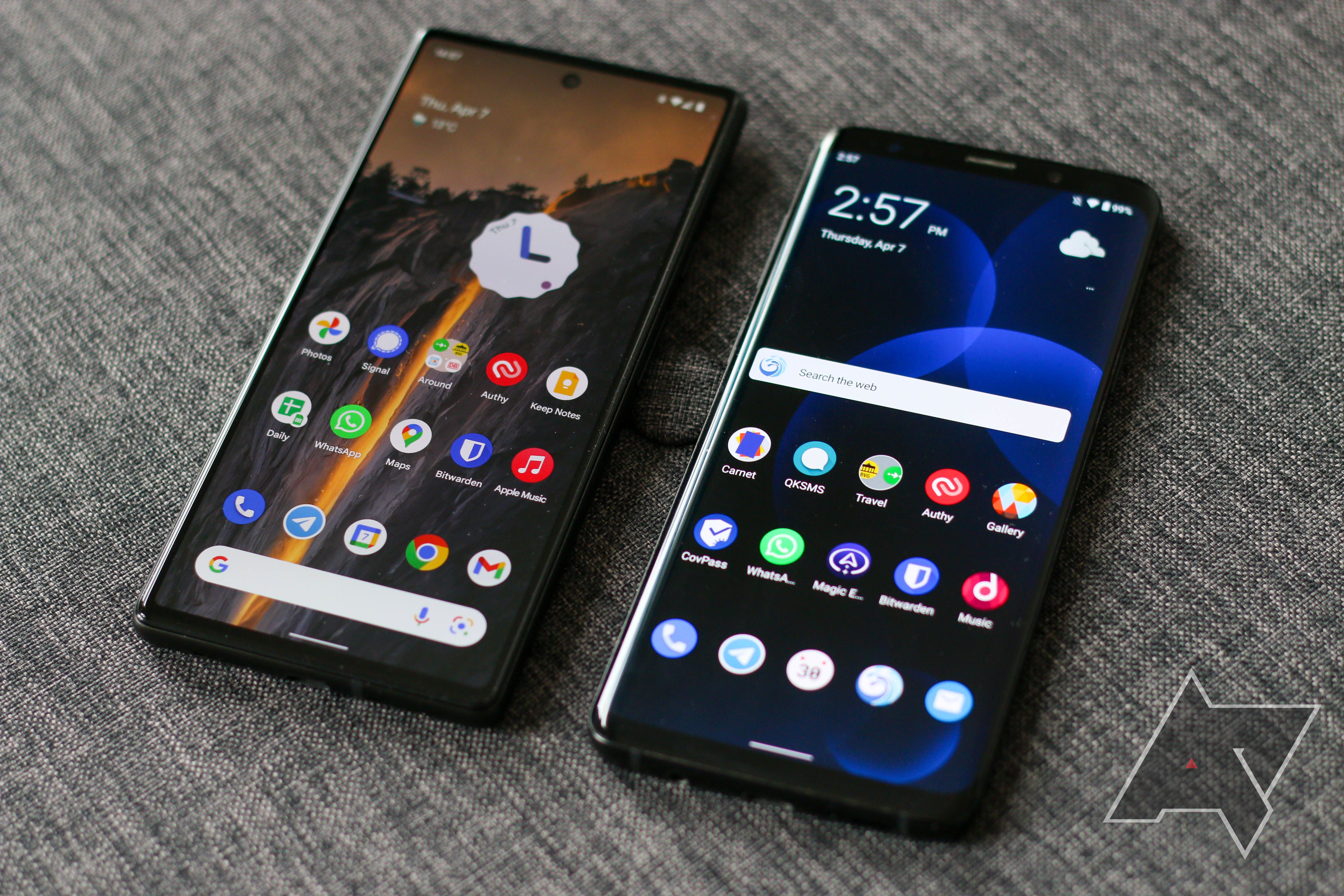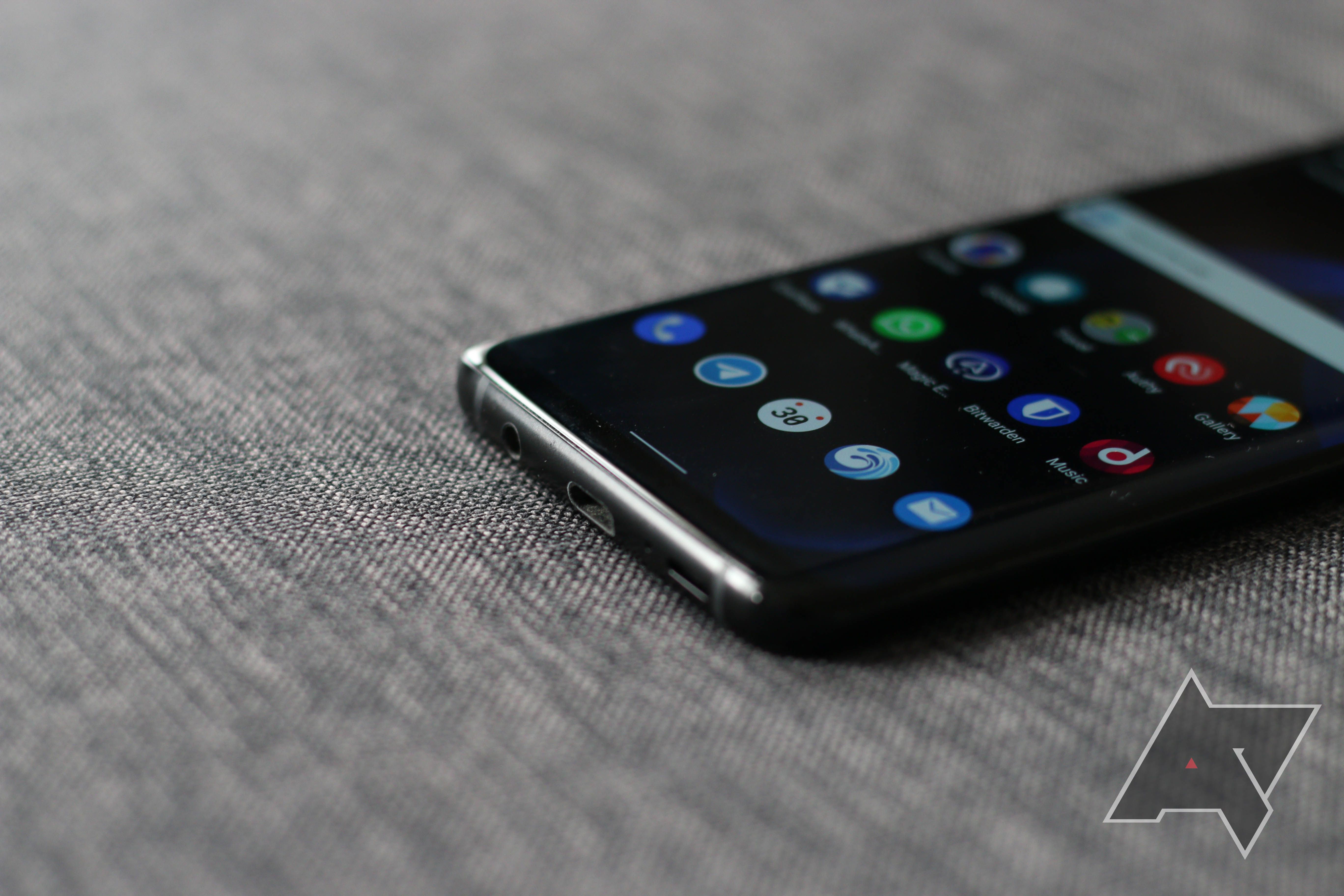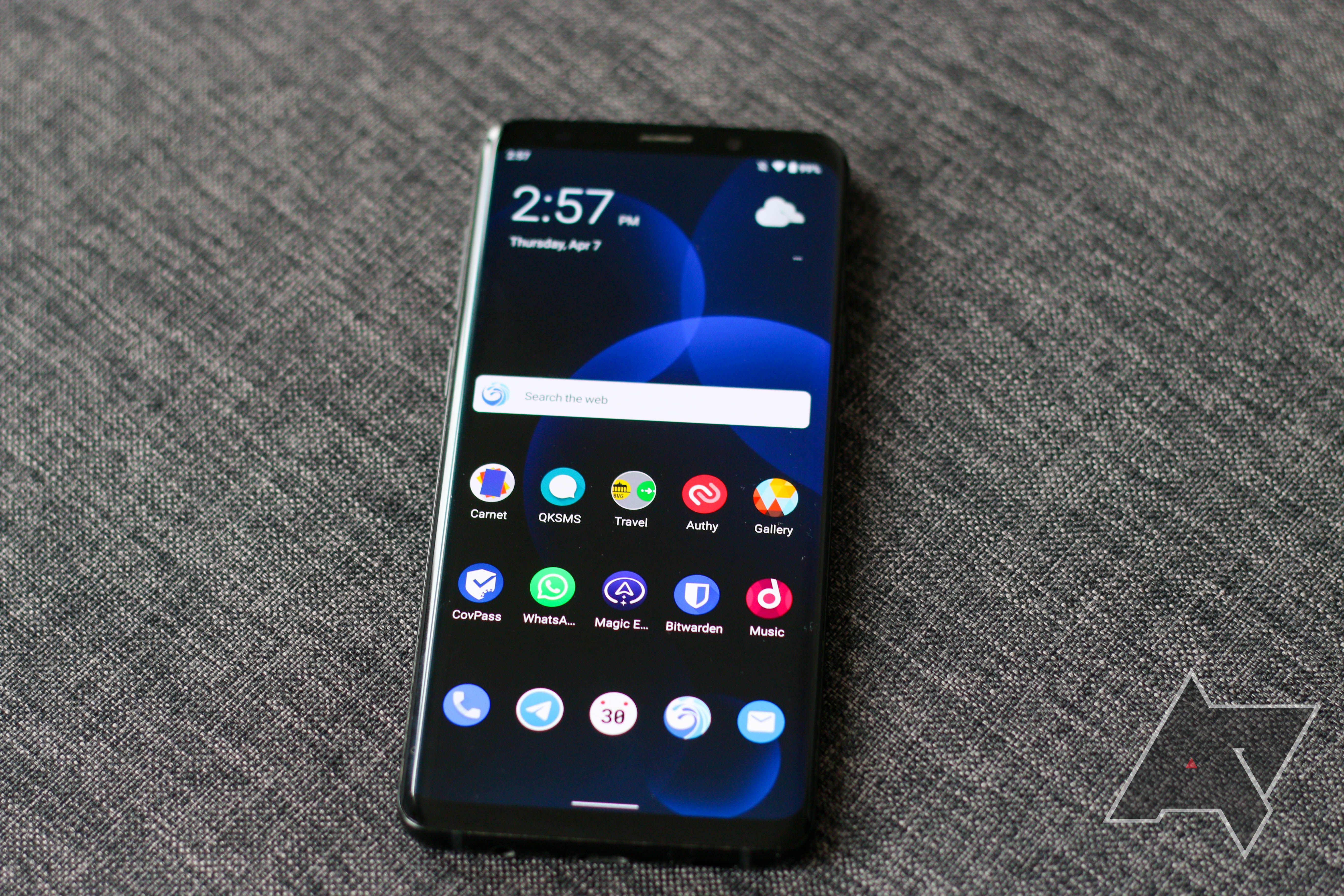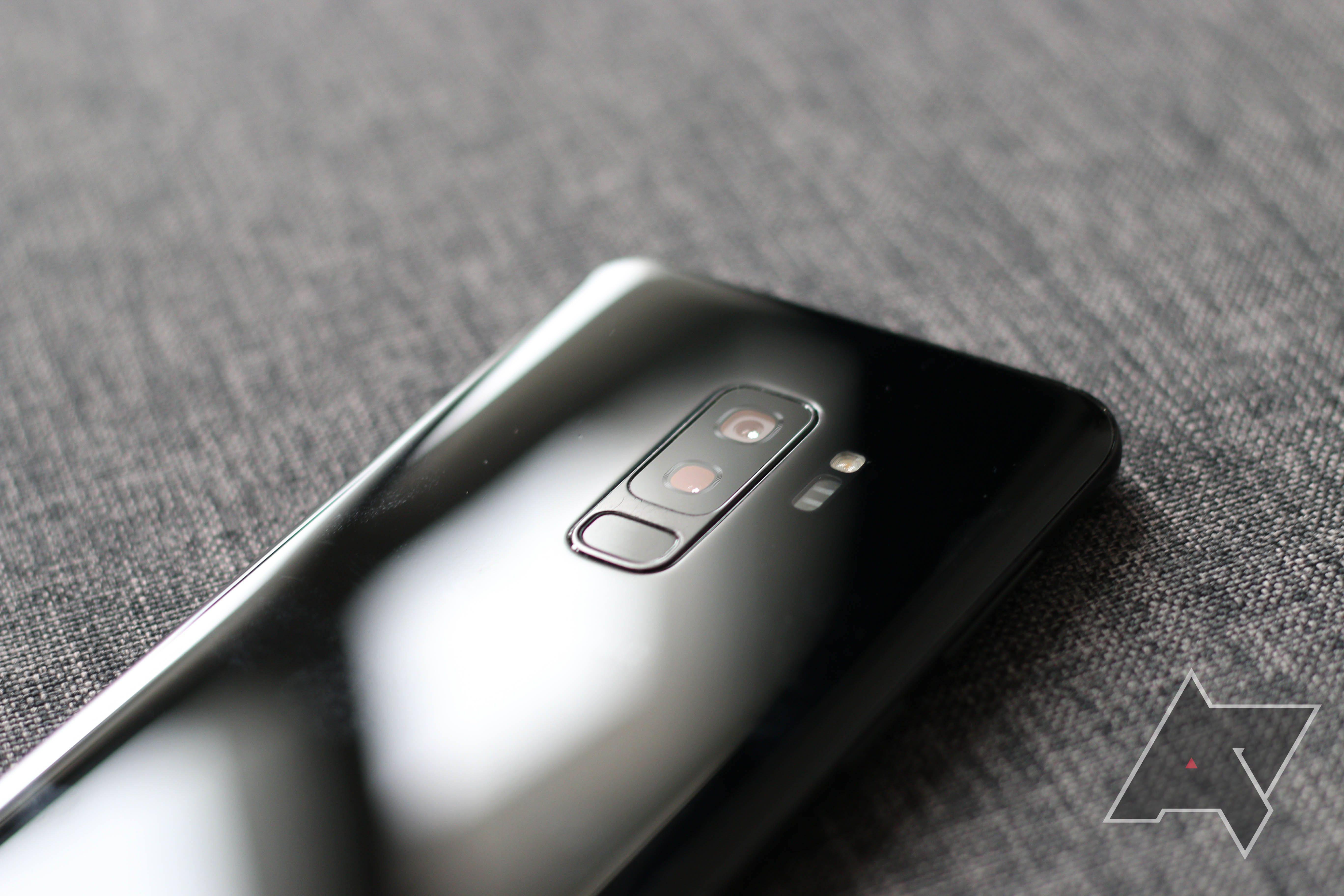The Samsung Galaxy S9 series reached its end-of-life status this week. Samsung will no longer provide regular security updates for the old flagships, so if you rely on the original firmware, the phones will become increasingly insecure with each passing day.
Still, the Galaxy S9 had a good run—a great run, even. The four-year-old flagship phone may not be the industry-defining Galaxy S2, but it represents a shift in Samsung’s strategy, with the company no longer looking to win customers with flashy new hardware designs and unnecessary software tweaks, but instead with refinements—much like Apple.
Join me on my look back at the Samsung Galaxy S9 and how it holds up these days.
Hardware and design
The Samsung Galaxy S9 was not revolutionary in any way. In fact, it looked almost exactly the same as its predecessor. The S9 was actually a step back in some ways; it came in a little thicker and heavier than the Galaxy S8. However, the location of the S9's fingerprint sensor—placed below the camera instead of next to it—more than made up for its extra heft. Looking back from today’s perspective, it’s also impressive what a good camera Samsung managed to fit into this phone without a hump.
What’s also noticeable is that the S9 isn’t really any smaller than today’s flagships, even if it features a smaller screen due to its bezels. Holding a Pixel 6 and an S9 side-by-side, they’re almost identical in footprint, if it weren’t for the Pixel 6’s massive camera bump. The S9 also made good use of the bezels—they hid an iris scanner, which was much more secure than any face unlock mechanisms on Android back then.
The Galaxy S9 was also one of the last flagship phones to feature a headphone jack, as Apple ditched the headphone jack with its release of the iPhone 7 in 2016. Samsung even made fun of Apple's decision, but we all know that the industry has long since moved away from headphone jack.
Performance and software
Using the (Exynos-based) Galaxy S9+ today, I’m surprised just how much oomph is left in the device. I’ve used both a unit with the pre-installed One UI-based Android 10 release and another one with the privacy-focused iodeOs ROM, based on Android 11. While the battery may not hold its charge as well as it used to, and while a Pixel 6 or a Galaxy S22 Ultra is obviously much faster, it’s still perfectly usable for messaging, surfing, photos, and most everyday tasks you can throw at it.
The Galaxy S9 proves that smartphone hardware these days is perfectly capable of lasting four years or longer — provided software support is extended long enough. My experience with the S9 actually makes me question if Samsung’s five years of updates promise is enough for today’s flagship hardware, which may easily last longer than that. Still, Samsung’s commitment to updates is a great step. Back in 2018, when the company didn’t promise any updates at all and often dropped flagship phones after just one or two Android upgrades, no one would have thought that Samsung would be the company to outperform even Google in that regard.
The biggest problem I see with the phone today is its limited 64GB of storage (which was the only variant initially sold in the US). My mother, who has been using the S9+ every day for the last three and a half years, routinely has problems with filled up storage, and a microSD card can only do so much when your apps’ cache and storage requirements just keep growing over the years, and you don’t want to manually keep moving data over to the microSD card all the time.
The One UI transition
The Galaxy S9 was the last S-series phone to launch with Samsung’s infamous TouchWiz skin out of the box, before the company’s switch to its much more refined and focused One UI interface. While TouchWiz on the S8 and S9 was something very different from the earlier, bloated releases, the name was just burned marketing-wise. As such, you might think that the switch was a big event for users looking back, and the upgrade to One UI 1.0 certainly did change a few things, but One UI basically built on top of what Samsung introduced as its “Samsung Experience” in TouchWiz before.
It’s true that One UI was basically a new start for Samsung, much more focused on the core experience and not trying to cram as many potentially useful features into Android as possible, and the S9 is the device to experience that transition hands on.
Overall, the Galaxy S9 might not have been the biggest upgrade in terms of hardware and design that Samsung has ever launched, but it certainly represented a shift in Samsung’s strategy. Instead of going for bigger, flashier, just plain more, the company began focusing on refining the experience, upgrading features and hardware only as needed. This shift may have been inevitable due to smartphones maturing and becoming more of a commodity than a novelty, but for Samsung, it was the perfect moment to make these changes.

